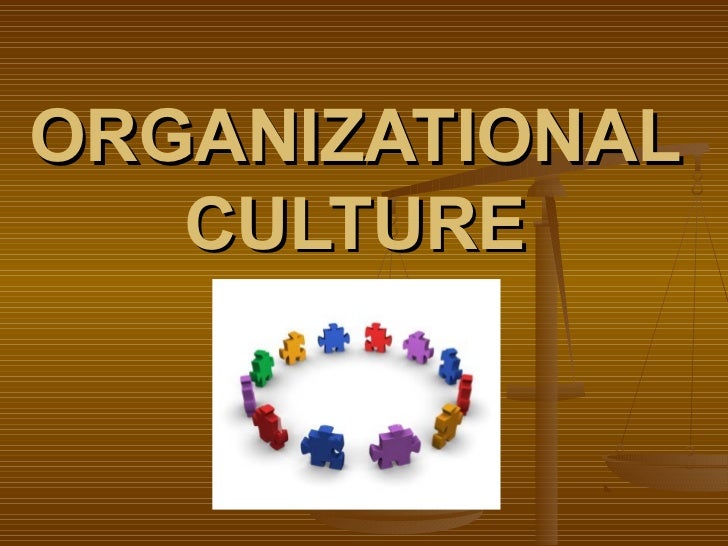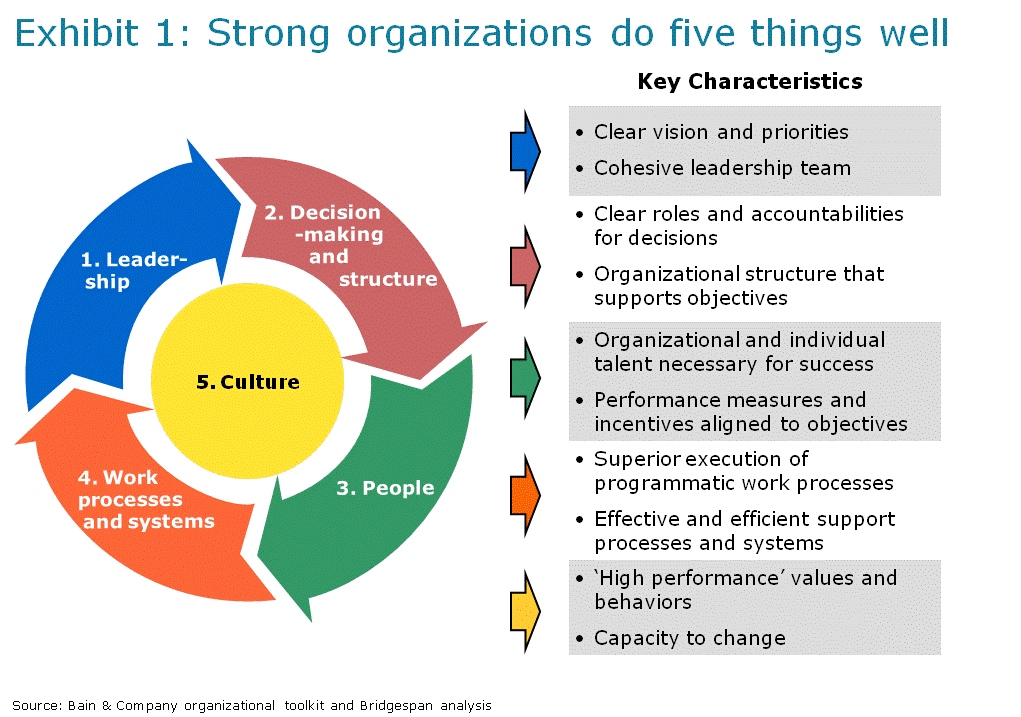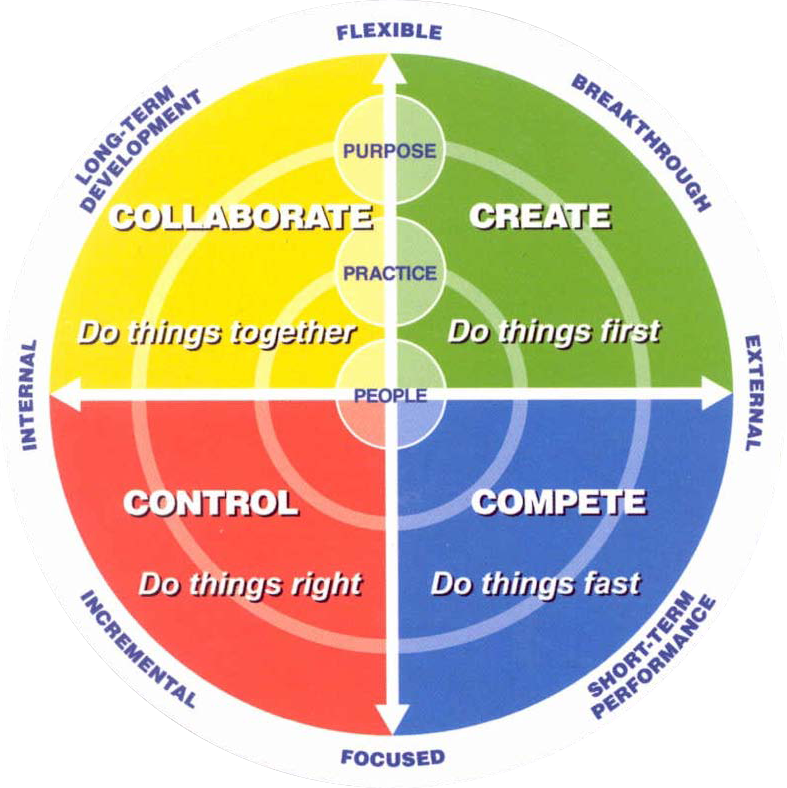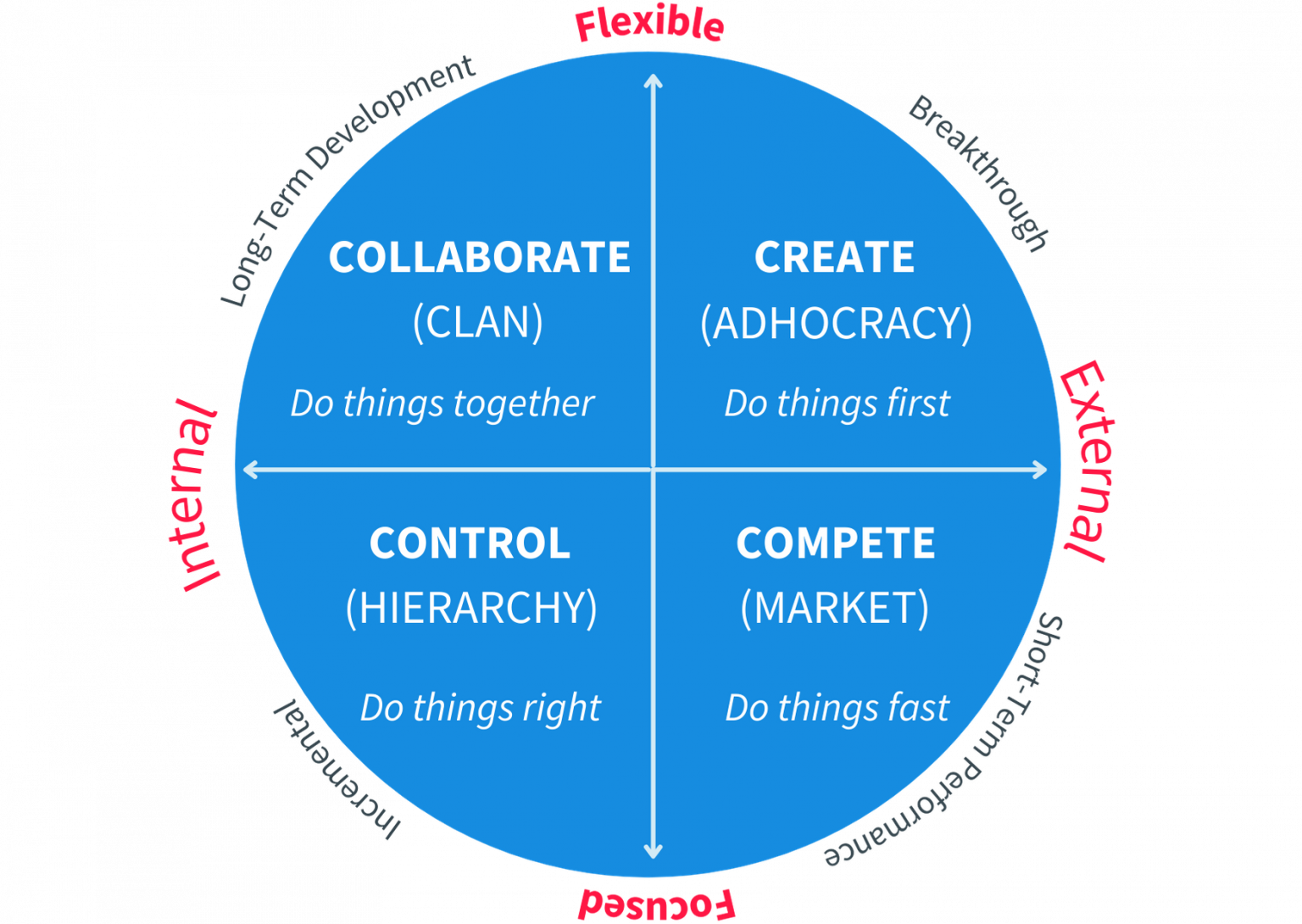Casual Info About How To Manage Organizational Culture

Despite advancements in understanding intersectionality — or overlapping forms of discrimination — in legal theory, its integration into corporate workplace initiatives is lagging.
How to manage organizational culture. Your culture defines and shapes your work environment. More than half (51%) of the employees. Make the change go viral:
But what if your culture isn’t what you want it to be? Change is inevitable in business. Changing organizational culture can be one of the most important challenges hr leaders will ever face.
Assess the impact of cultural change initiatives. A strong organizational culture is based on the team’s shared beliefs and thus enjoys wide acceptance. This process, also referred to as cultural transformation, helps the business to achieve new objectives.
The culture consists of an established framework that guides workplace behavior. Understand the different levels of organizational culture. The key to a successful organization is to have a culture based on a strongly held and widely.
Rapid growth is great for the bottom line but it can also be a corporate culture killer! Get the planning stage right: A strong organizational culture is one which binds the team together.
The leader’s guide to corporate culture. A top down approach to building company culture no longer works for several reasons. To remain viable, organizations must adapt to internal and external shifts.
Understand how cultures are created. It’s the foundation of company values, ethics, and practices. Organizational culture is the collection of values, beliefs, assumptions, and norms that guide activity and mindset in an organization.
If you want to successfully scale your venture, you need to prioritize culture. Prospective employees want to know what the culture is. Your company culture is a key driver of workforce happiness and business success.
Boris groysberg, jeremiah lee, jesse price and j. Examples include integrity, teamwork, transparency, and accountability. Assessing your company’s organizational culture is crucial for any hr director or hr professional aiming to foster a positive, productive, and aligned workplace environment.
To manage culture change, the first step is to observe and understand your organization’s culture as it is now, and to determine which values will best align with your strategy and structure. For business leaders who want to build a strong organizational culture, the important thing to realize is that culture is a tool — to ensure that your organization functions in. Once you decide what your values need to be, design a cultural change plan using the action steps below.

















